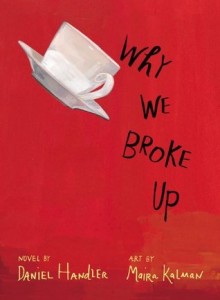 Why We Broke Up by Daniel Handler, art by Maira Kalman
Why We Broke Up by Daniel Handler, art by Maira Kalman
Publisher: Hardie Grant Egmont
Number of pages: 357
My copy: borrowed from Kai
I’m telling you why we broke up, Ed. I’m writing it in this letter, the whole truth of why it happened.
Min Green and Ed Slaterton are breaking up, so Min is writing Ed a letter and giving him a box. Inside the box is why they broke up. Two bottle caps, a movie ticket, a folded note, a box of matches, a protractor, books, a toy truck, a pair of ugly earrings, a comb from a motel room, and every other item collected over the course of a giddy, intimate, heartbreaking relationship. Item after item is illustrated and accounted for, and then the box, like a girlfriend, will be dumped.
* * *
I think I mentioned it before that sometimes, you need to be in a certain mood to appreciate some books. Sometimes, no matter how other people like a book, if you’re in not in that kind of mood, you won’t be able to relate to any of the characters no matter what you do, or you won’t be able to feel what the book wants you to feel. (Of course, there are some books that are just really hard to get into, even if you are in that same mood, but that’s another story.)
So, Why We Broke Up by Daniel Handler (and illustrated by Maira Kalman). I’ve seen this book and wanted this book when it was published, but I think I saw a not so good review of it somewhere, so I stopped wanting it. I have to admit that this is the kind of book that is right up my alley, especially since I was all about embracing your inner romantic last year. Then the book fell out of my radar, until it came back again and a friend lent me her copy because I figured it was time to read it.
Then I tried. I read the first few chapters, and then had the extreme desire to throw the book away so I stopped. I didn’t want to throw the book away because it was bad, no. I wanted to throw the book away because it was getting too close for comfort. And the truth comes out. :P Suffice to say, maybe I was in the mood for this book, but it was too hard to read it because I was too much in that mood. Did that make sense? Anyway, months later, I decided to try reading this book again because some girls in our book club was reading this. I figured, why not join them? It could be some sort of release, as a good friend told me when I mentioned it. So I put my brave face on and started again.
Why We Broke Up is a break-up story, a long letter from Min Green to Ed Slaterton, her ex-boyfriend, telling their story from her side based on the items in the box that she was returning to him. These items (the illustrated parts of the book) were remnants of their short-lived relationship: bottle caps, a box of matches, movie tickets, a protractor, a note, a book, among other things. Take it, it’s yours. This is why we broke up. Either you have the feeling or you don’t, Min writes, and we are left to wonder what exactly happened that led to Min and Ed’s break-up.
Warning: this is a book full of drama. Every page is dripping of Min’s bitterness and anger and heartbreak, and…well, it was kind of expected because of the title alone. The hard part of it, I think, is that I was kept in the dark why they broke up. I just know they broke up, but I didn’t know why, and Min just kept on repeating “this is why, this is why” with every item she wrote about. It wasn’t until the very, very end that we know, but the entire time, she just rambles on and tells their love story without a hint of the real reason why. And it’s hard to see, too, especially since Ed seems a perfectly good guy from the start. Okay, perhaps he’s not perfect — he seems secretive, he has this thing about saying “no offense” and he seems judgmental about some guys who aren’t into sports and labels them “gay”, but he seemed to really like Min, so why is Min being so damn dramatic about everything?
Since I was reading the story from Min’s POV, it was easy to pin the blame on her. You know how when a friend tell us a love problem, the first thing we often do is to try to find what our friend is doing wrong because it’s something we can fix, because we know our friend better than the other party? It’s that kind of thing. I read everything from Min’s POV, so it was easier to try to find something that she did wrong…until I found out the real reason why they broke up and then, damn it. Ed, you’re an asshole. I understood why Min is so angry. Granted, she wasn’t perfect, either — she shouldn’t have jumped right in ahead in the relationship, she should have took her time, she should have seen the signs from the start…but well she’s a teenager. This is young love. We have all been there. And I guess even if we have the wisdom of the years with us, things like this still hurt just the same.
The best part of the book, though, is Min’s friends. I loved Al and Lauren (there was another name, but I forgot, eep), and to some extent, Jillian, that girl that Ed dated before Min. I loved them, and what they did for Min in the end. They didn’t do anything so special, really, but they did what good friends do in times like this. I reread the last parts of the book because of them, and I was glad that Min had them with her in the fallout.
I’ve never been in a relationship, so it follows that I’ve never been in a break-up…but there were some times in my life where it seemed like the pain I was feeling is something akin to a break-up — at least, based on what I read and saw on TV. And maybe that’s why I ended up liking this book, because in some ways, I have been there. I know at least a fraction of what Min felt. Whether it’s a relationship ending, or an almost-relationship that never became one, there’s still pain there, and it hurts just the same. But the good thing I got out of all of this is…well, reading Why We Broke Up was strangely cathartic. Huh, my friend was right. Reading this book at the end of the year was a surprising release of feels. ;)
So yeah, I liked Why Why Broke Up. Perhaps if I read this last year, or any other time later, I wouldn’t have liked it as much. But I liked it, and I am glad I read it, despite all the drama. (Because trust me, I’ve had enough of drama in the past year. :P)
Either you have the feeling or you don’t.
P.S. The illustrations were a good touch. :)
P.P.S. And no, I don’t think I’m the “return all things” type person. I think I’m more of the “throw things away” one. ;)
Number of imaginary* dog-eared page(s): 7
* Because the copy isn’t mine. :)
Favorite imaginary dog-eared quote(s):
…let’s go, let’s go together toward something extraordinary and I started making plans, thinking we would get that far. (p. 39)
…thinking there was time, plenty of time to see what pictures we’d made? But we never developed them. Undeveloped, the whole thing, tossed into a box before we really had a chance to know what we had, and that’s why we broke up. (p. 65)
A note, who writes a note like that? Who were you to write one to me? It boomed inside me the whole time, an explosion over and over, the joy of what you wrote to me jumpy shrapnel in my bloodstream. I can’t have it near me anymore, I’m grenading it back to you, as soon as I unfold it and read it and cry one more time. Because me too, and fuck you. Even now. (p. 69)
We couldn’t only have the magic nights buzzing through the wires. We had to have the days, too, the bright impatient days spoiling everything with their unavoidable schedules, their mandatory times that don’t overlap, their loyal friends who don’t get along, the unforgiven travesties torn from the wall no matter what promised are uttered past midnight, and that’s why we broke up. (p. 86)
Rating: [rating=4]
Other reviews:
marginalia
In Lesbians with Books
reading is the ultimate aphrodisiac

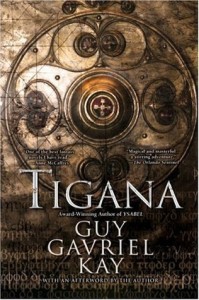
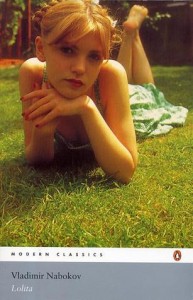

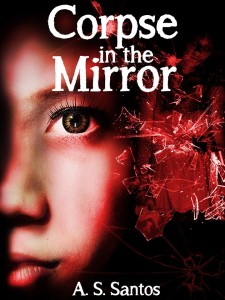
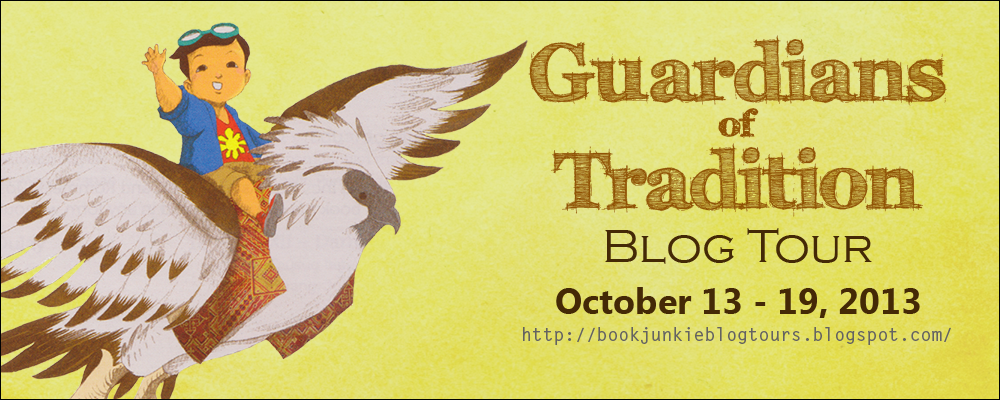
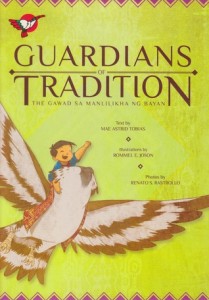
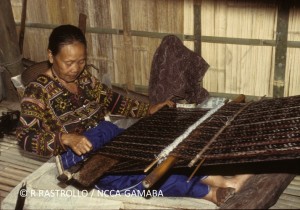


 ROMMEL JOSON is a painter and an illustrator. He graduated magna cum laude and College Valedictorian from the University of Philippines College of Fine Arts. He was also a Merit Scholar and a recipient of the Dean’s Awards for Visual Awards from the Ateneo de Manila University, where he received a Bachelor of Science degree in Business Management. He worked in the advertising industry for several years before devoting his time fully to painting and illustration. He has received awards and citations for painting, illustration, comics, and design from various organizations such as the Philippine Board of Books for Young People (Honorable Mention), the Shell National Art Competition (3rd Place Oil/Acrylic Category), the Neil Gaiman/Fully Booked Graphic Fiction Competition (3rd Place in the Graphic Fiction category), the Adobo Design Awards (Silver) and the Philippine Araw Awards (Silver in Art Direction) and the Metrobank Art and Design Excellence Competition (Semifinalist in Oil). He is currently an active member of Ang Ilustrador ng Kabataan (Ang INK).
ROMMEL JOSON is a painter and an illustrator. He graduated magna cum laude and College Valedictorian from the University of Philippines College of Fine Arts. He was also a Merit Scholar and a recipient of the Dean’s Awards for Visual Awards from the Ateneo de Manila University, where he received a Bachelor of Science degree in Business Management. He worked in the advertising industry for several years before devoting his time fully to painting and illustration. He has received awards and citations for painting, illustration, comics, and design from various organizations such as the Philippine Board of Books for Young People (Honorable Mention), the Shell National Art Competition (3rd Place Oil/Acrylic Category), the Neil Gaiman/Fully Booked Graphic Fiction Competition (3rd Place in the Graphic Fiction category), the Adobo Design Awards (Silver) and the Philippine Araw Awards (Silver in Art Direction) and the Metrobank Art and Design Excellence Competition (Semifinalist in Oil). He is currently an active member of Ang Ilustrador ng Kabataan (Ang INK).